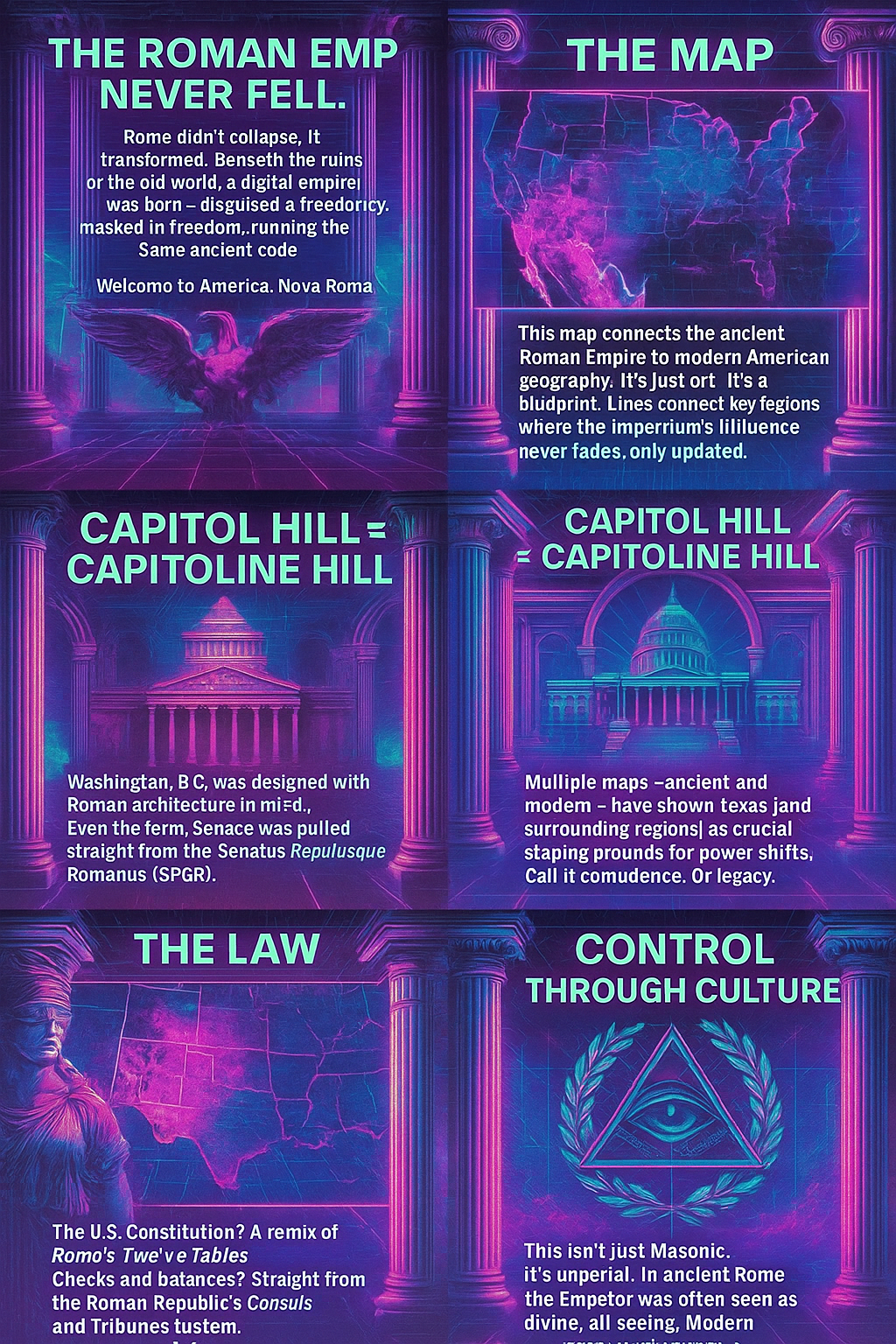Illphated
The Forgotten Formula
In the twilight of the Roman Empire, as its borders shrank and its legions thinned, a secret was slipping through the cracks of history—one more valuable than gold, more enduring than the empire itself. It was the formula for their concrete, a miraculous material that had allowed their aqueducts, roads, and grand temples to defy the ravages of time.
At its heart was a carefully guarded knowledge, passed from master to apprentice among the empire’s finest builders, the caementarii. Unlike other trades, the knowledge of concrete was not widely recorded. The Romans, confident in their dominance, saw no need to formalize what had always been taught by word of mouth. Their mix of volcanic ash, lime, seawater, and crushed stone created structures that could heal their own cracks and grow stronger over time.
But then came the decline. The empire fractured, and the great cities of Rome fell to neglect. The workshops that once echoed with the sounds of chisels and mixing vats fell silent. With each passing generation, fewer masons remained who knew the old ways.
When the Western Roman Empire finally collapsed in 476 AD, the last of the master builders dispersed. Some were killed in the chaos of invasion. Others fled to distant lands where their knowledge, now useless without the infrastructure to support it, faded into obscurity. The documents that might have held the secret—if they ever existed—were lost in the fires that consumed libraries like those of Alexandria and Constantinople.
For centuries, lesser materials replaced it. Medieval builders, without understanding the chemical reactions that made Roman concrete unique, could only approximate its strength. The mighty Pantheon and aqueducts stood as ghostly reminders of a knowledge forgotten.
It was not until the modern age, when scientists puzzled over how Rome’s ruins had survived for millennia, that they began to rediscover the ancient secret. By then, the empire was long gone, but its lost recipe—buried in the ashes of time—was waiting to be reborn.
EmailURL







48no94
wk3k34
u8zroa